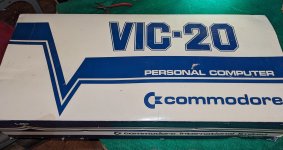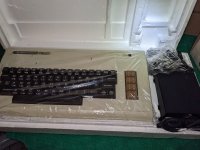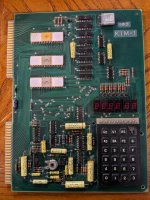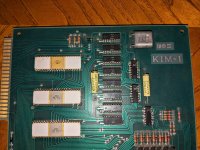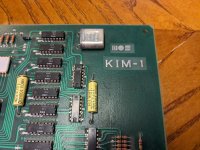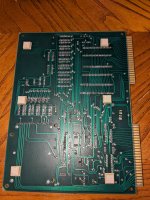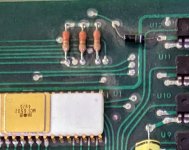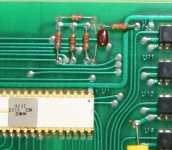Although a KIM-1 was my very first computer, I am not a hard core expert and there are many out there.
It looks to me like you have an original KIM-1. By "original" I mean, the first production model of the board and that is about as original as you can get. The dates on the chip are consistent with that conclusion.
Go
here and look at the prototype and then the first production model (which looks like yours and notably does not have the diode above the 3 resistors). After that, you see a Rev A and B and others.
To me, you have an example of an original production model - 'no revision'.
There are many KIM-1s out there. Many more people want one and their prices are extraordinarily high because of the rich history the 6502, MOS technology and the KIM-1 played in the development of the home computer. Rarity always has to be qualified with demand. In this case, both are present.
Concerning the "ROR" bug; of course your chip has that, as it absolutely should. It is not a problem.
Now, what
@daver2 says is absolutely true. If it works as it is, that is, without repair, it is a very big plus.
Given the prices that KIM-1s have gone for recently on the bay; I think yours will go for over 2K if it is working and all the history holds up, possibly more than that - 3K. That is my opinion only and I am not offering you any $$$ at all for it; but that is the question I think that you want answered.
A dilemma? Hah, all of us would love to have such dilemmas.
I say don't do anything at all until you learn more about the piece - maybe send the photos to a few folks. Do not power it up or let someone else muck with it until you have a good idea of what you want to do.
PS: If you have any paperwork/manuals/receipt etc..tell us about that.
So....what are you going to do?

